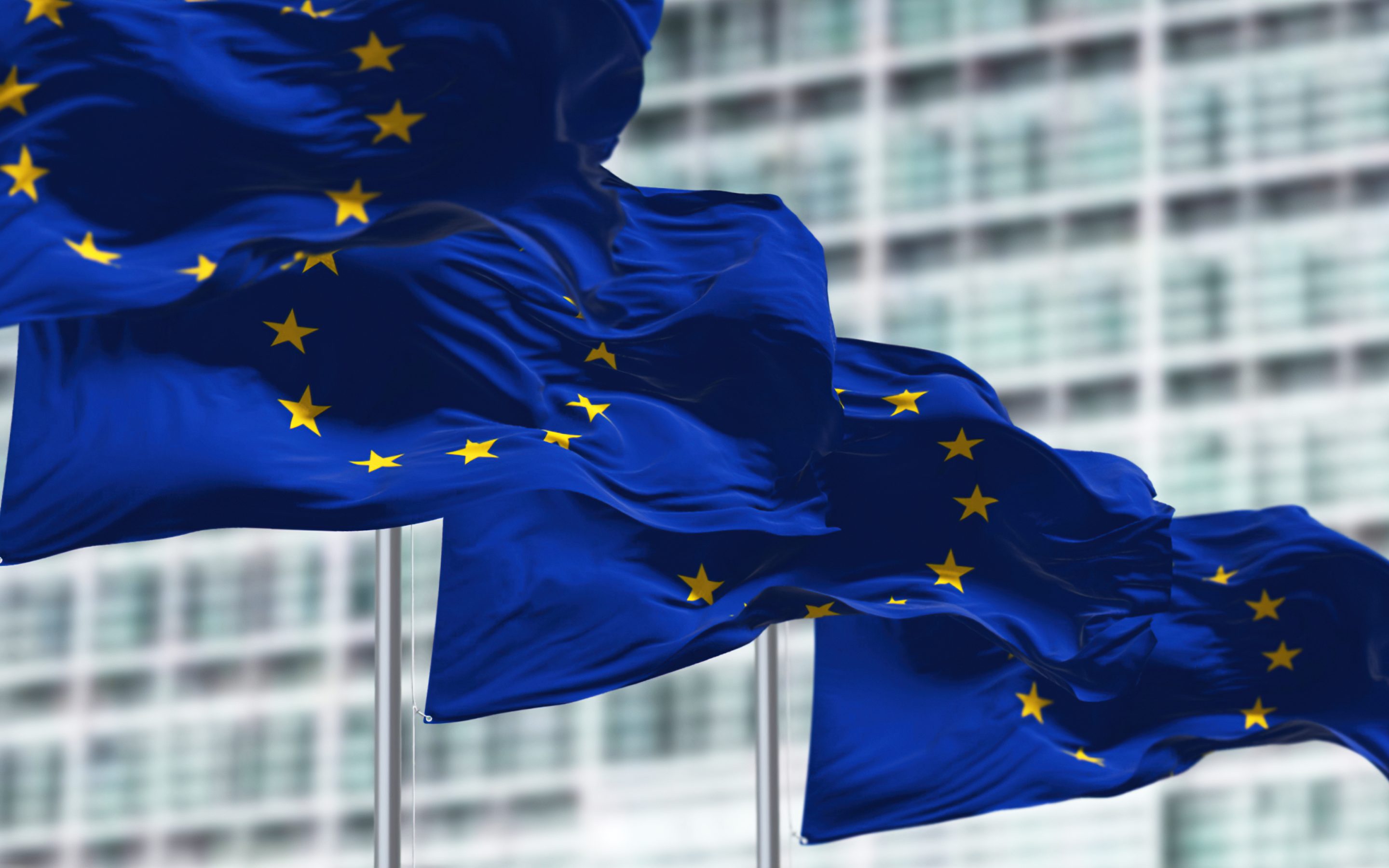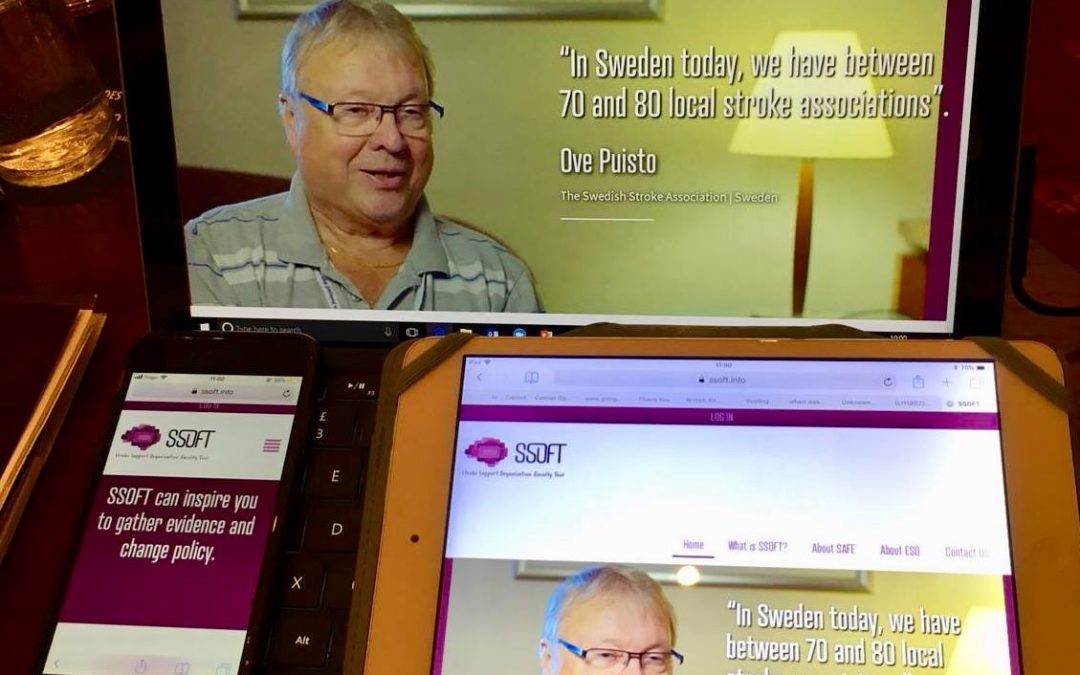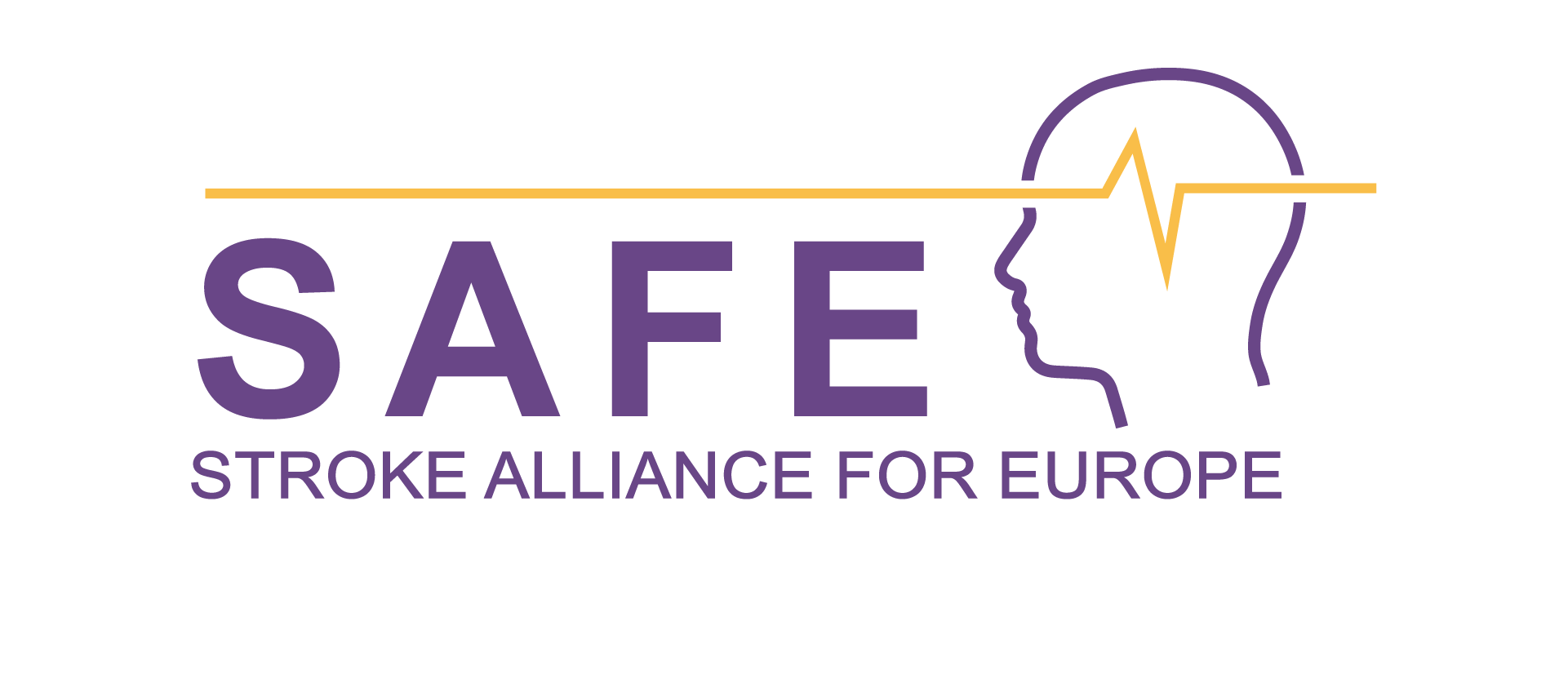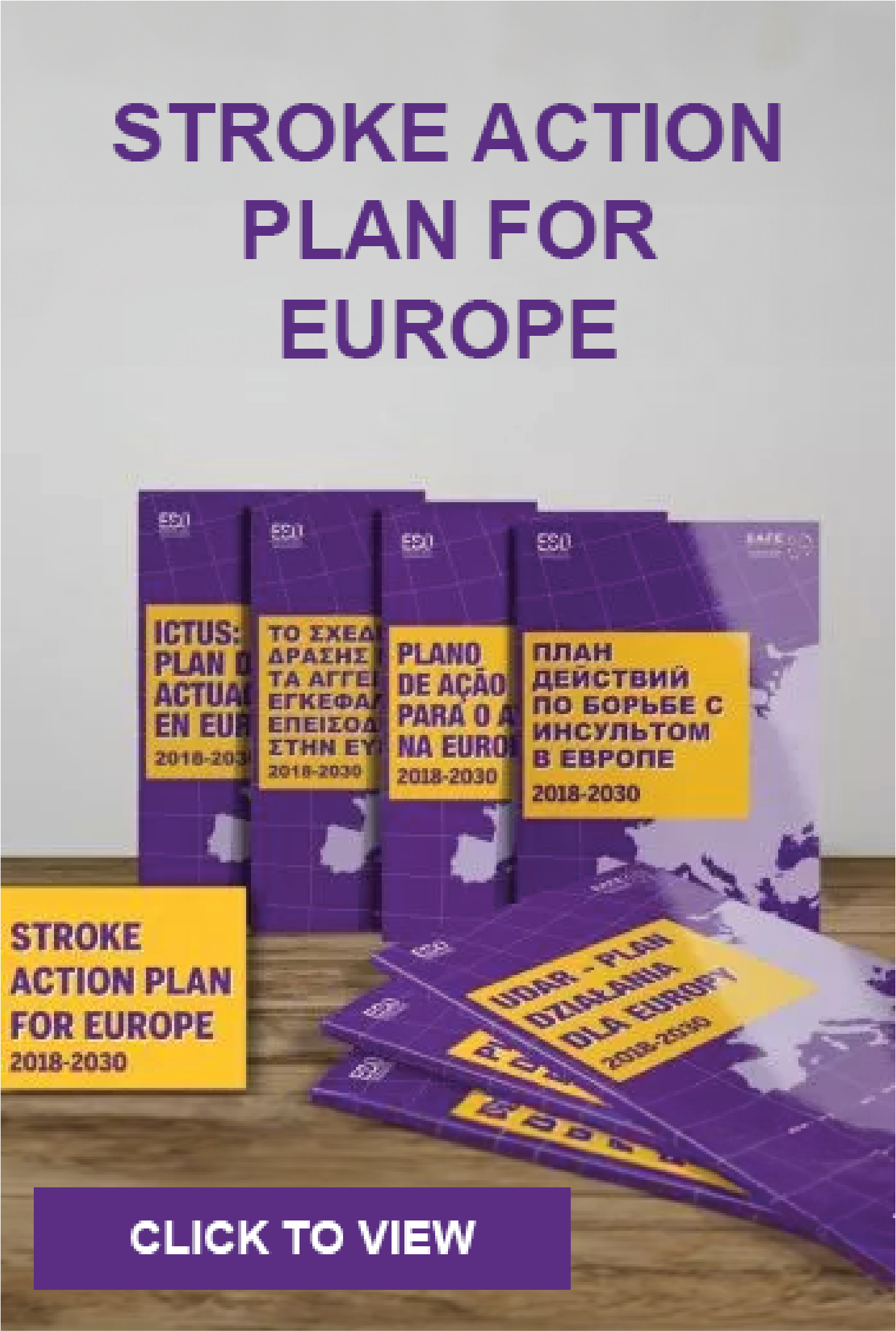
Dec 4, 2024
We warmly welcome the Council of the European Union’s conclusions on improving cardiovascular health, a critical step in addressing one of the most significant public health challenges in Europe. Cardiovascular disease, which includes stroke, is the leading cause of death in the EU, affecting millions of citizens and costing the economy billions annually.
This Council conclusion is important as is represents a collective agreement among EU Member States on key issues of concern and recommended actions. These can influence the work of Member States and the European Commission.
We commend the Council’s call for action, urging Member States to prioritise cardiovascular health. This includes expanding screening programs for risk factors, addressing social and environmental determinants of health and improving access to timely diagnosis, treatment and rehabilitation. These measures are vital for those at risk of stroke and for individuals already living with the consequences of stroke.
We now call on the European Commission and the Commissioner for Health to take decisive action by developing a new European Cardiovascular Health Plan supported with adequate resources. Such a plan would guide Member States in implementing the Council’s recommendations, from enhancing preventive care and early detection to advancing management and rehabilitation practices.
Arlene Wilkie, Director General of the Stroke Alliance for Europe, said: “These Council conclusions represent a vital step forward for the millions of people across Europe living with the effects of stroke and those at risk. Member States and the European Commission now have the mandate to prioritise cardiovascular health and transform lives. This would not only reduce the devastating burden of cardiovascular disease it would also improve the quality of life for millions of Europeans. Early intervention and improved care can prevent strokes, save lives and support survivors in their recovery, enabling them to live healthier, more active lives”.
“We look forward to working with policymakers, healthcare professionals and civil society to turn these ambitions into reality for all those at risk of stroke and those affected by stroke. Together, we can ensure that stroke and cardiovascular health becomes a priority across Europe, with a comprehensive plan to support both prevention and care”.
Notes:
We have been working in partnership with the European Alliance for Cardiovascular Health to raise awareness of stroke and to call for greater focus on cardiovascular health at the EU level. For the EACH statement on the Council conclusions please click here
The final Council conclusion can be found here.

Jul 30, 2018
Brussels, July 30, 2018- The eLearning Module 3 of the Stroke Support Organisation Faculty Tool (SSOFT) is published today at the following address www.ssoft.info.
SSOFT’s third module focuses on understanding different types of evidence; how to collate it and how Stroke Support Organisations can use it to their advantage:
3.1 – Use of evidence
3.2 – Types of evidence
3.3 – Interpreting evidence & data
3.4 – How SSOs generate data & evidence
3.5 – Using evidence & data in your communications
Stroke Support Organisations have been at the heart of this tool. For newer or smaller organisations, the information in the tool will provide knowledge that will help them to build and grow their communities.
Larger organisations can also benefit from SSOFT, which can enable them to support their communities and other stroke professionals across Europe, adding more voices to their movement/arguments for change.
This tool is also for anyone who is interested in knowing more about what an SSO is, how to start and develop one and how to make it sustainable.
For those interested in using this innovative eLearning platform, we would encourage them to visit the SSOFT website www.ssoft.info
About SSOFT
SSOFT is an innovative online eLearning advocacy tool being developed by Stroke Alliance for Europe (SAFE), in partnership with the European Stroke Organisation (ESO).
This online learning platform provides knowledge and training on how the creation of effective advocacy activities and campaigns to deliver positive change at a local and national level on stroke prevention, treatment and care. The eLearning platform will include six modules that provide information on:
Module 1: Stroke Support Organisations (SSOs)
Module 2: Making Change Happen
Module 3: Use of Evidence
Module 4: Role of Patient Voice
Module 5: Health System Advocacy
Module 6: Public Advocacy
The modules and learning environment is accessible via the SSOFT website through a simple registration process. Visitors to the website can also learn more about SSOFT, SAFE and ESO, find their nearest SAFE Stroke Support Organisation (SSO) as well as hear from SAFE members about their experiences.
For more information, please send an email ssoft@safestroke.eu or visit www.ssoft.info
Acknowledgments
SAFE would like to take this opportunity to thank and acknowledge the contributions made by those who have helped in the development of SSOFT and module 1.
Stroke Alliance for Europe Board, who have been involved at every stage of development of this module.
The Peer Reviewers for module 3:
- Stiftung Deutsche Schlaganfall-Hilfe (Dr Markus Wagner)
- Hellenic Alliance/Action for Stroke Support Organization (Dr Hariklia Proios)
- Macedonian Stroke Association (Dr Anita Arsovska & Dr. Maja Bozinovska Smiceska)
- Norsk forening for slagrammede (Ms Grethe Lunde)
- Thessaloniki and Wiesbaden NRZ, Rehabilitation Center Germany (Dr Dimitris Artemis)
- Aristotle University, Greece (Dr Katerina Nicolaidis)
- Anagenissis Rehabilitation Center, Greece (Ms Eugenia Stamatiou)
Our members who have shared their experiences and knowledge in the video interviews used within the module:
- Chris Macey – The Irish Heart Foundation, R.Ireland
- Pnina Rosenzweig – Neeman Association for Stroke Survivors, Israel
- Ove Puisto – STROKE-Riksförbundet, Sweden
- Markus Wagner – Stiftung Deutsche Schlaganfall-Hilfe, Germany
- Monique Lindhout – Hersenletsel, Netherlands
Our partner organisations who have collaborated in the development of the module content:
- World Stroke Organization
- European Stroke Organisation.
And all those who participated in the User Acceptance Testing of Module 3.
We would also like to thank the project sponsor Bayer Healthcare who have supported this project through an education grant.
About SAFE
The Stroke Alliance for Europe (SAFE) a non-profit-making organisation formed in 2004. It is the voice of stroke patients in Europe, representing a range of patient groups from 30 European countries.
SAFE’s goal is to decrease the number of strokes in Europe by advocating for better prevention, access to adequate treatment, post-stroke care and rehabilitation.
For more information about SAFE, please visit www.safestroke.eu






